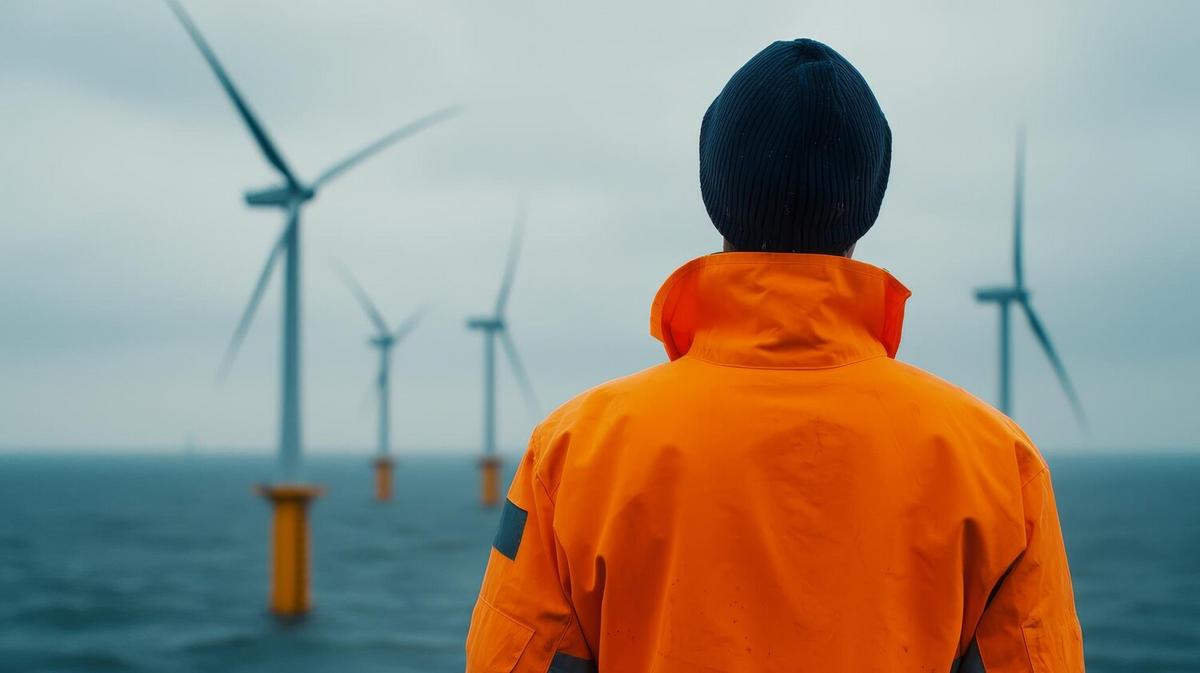
The Role of Offshore Wind Farms in Future Energy Grids
As the global community continues to search for sustainable energy solutions, offshore wind farms are emerging as a pivotal element in the transformation of energy grids. These remarkable feats of engineering harness the power of ocean winds to generate electricity, offering a renewable and highly efficient source of energy. This article delves into the role of offshore wind farms in shaping the future of energy grids, exploring expert insights, relevant statistics, and actionable strategies for integration.
The Growing Importance of Offshore Wind Farms
Offshore wind farms are gaining prominence due to their ability to generate significant amounts of electricity with minimal environmental impact. According to the Global Wind Energy Council, offshore wind capacity grew by nearly 30% in 2020 alone, highlighting its potential as a cornerstone of renewable energy strategies.
Expert Opinions and Insights
Dr. Emma Watson, a renowned energy analyst, notes that “offshore wind farms are crucial for diversifying the energy mix and reducing reliance on fossil fuels.” Her perspective is shared by many in the industry, who see offshore wind as a key player in the transition to cleaner energy.
Statistics That Speak Volumes
Recent data from the International Energy Agency indicates that offshore wind could generate over 420,000 terawatt-hours of electricity annually, more than 18 times the current global electricity demand. This statistic underscores the immense potential of offshore wind in meeting energy needs sustainably.
Integrating Offshore Wind into Energy Grids
One of the main challenges of integrating offshore wind is the variability of wind patterns. However, advancements in grid technology, such as smart grids and enhanced storage solutions, are making it easier to manage this variability. For instance, using battery storage can help store excess energy generated during peak wind periods.
Actionable Tips for Implementation
- Invest in innovative grid technologies to accommodate the intermittent nature of wind power.
- Encourage partnerships between governments and private sectors to fund offshore wind projects.
- Focus on developing skilled labor for the construction and maintenance of wind farms.
| Region | Estimated Capacity (GW) | Projected Growth |
|---|---|---|
| Europe | 100 | 25% by 2025 |
| Asia | 150 | 40% by 2025 |
| North America | 50 | 30% by 2025 |
| South America | 20 | 20% by 2025 |
| Africa | 15 | 30% by 2025 |
| Australia | 10 | 35% by 2025 |
| Middle East | 5 | 15% by 2025 |
| Antarctica | 1 | 10% by 2025 |
Frequently Asked Questions
How do offshore wind farms impact marine life?
Offshore wind farms are designed with careful consideration of marine ecosystems. Studies show that, with proper planning and monitoring, they have minimal impact on marine life.
What are the economic benefits of offshore wind farms?
These projects create jobs, boost local economies, and provide a stable source of renewable energy, leading to long-term economic benefits.
Conclusion
Offshore wind farms represent a critical component in the future of sustainable energy grids. By harnessing the power of ocean winds, these installations offer a reliable and renewable energy source that can significantly reduce carbon emissions. As technology continues to advance, the integration of offshore wind into global energy grids will undoubtedly play a vital role in achieving a sustainable energy future. Embracing these innovations and investing in their development is essential for creating a cleaner, more sustainable world.


